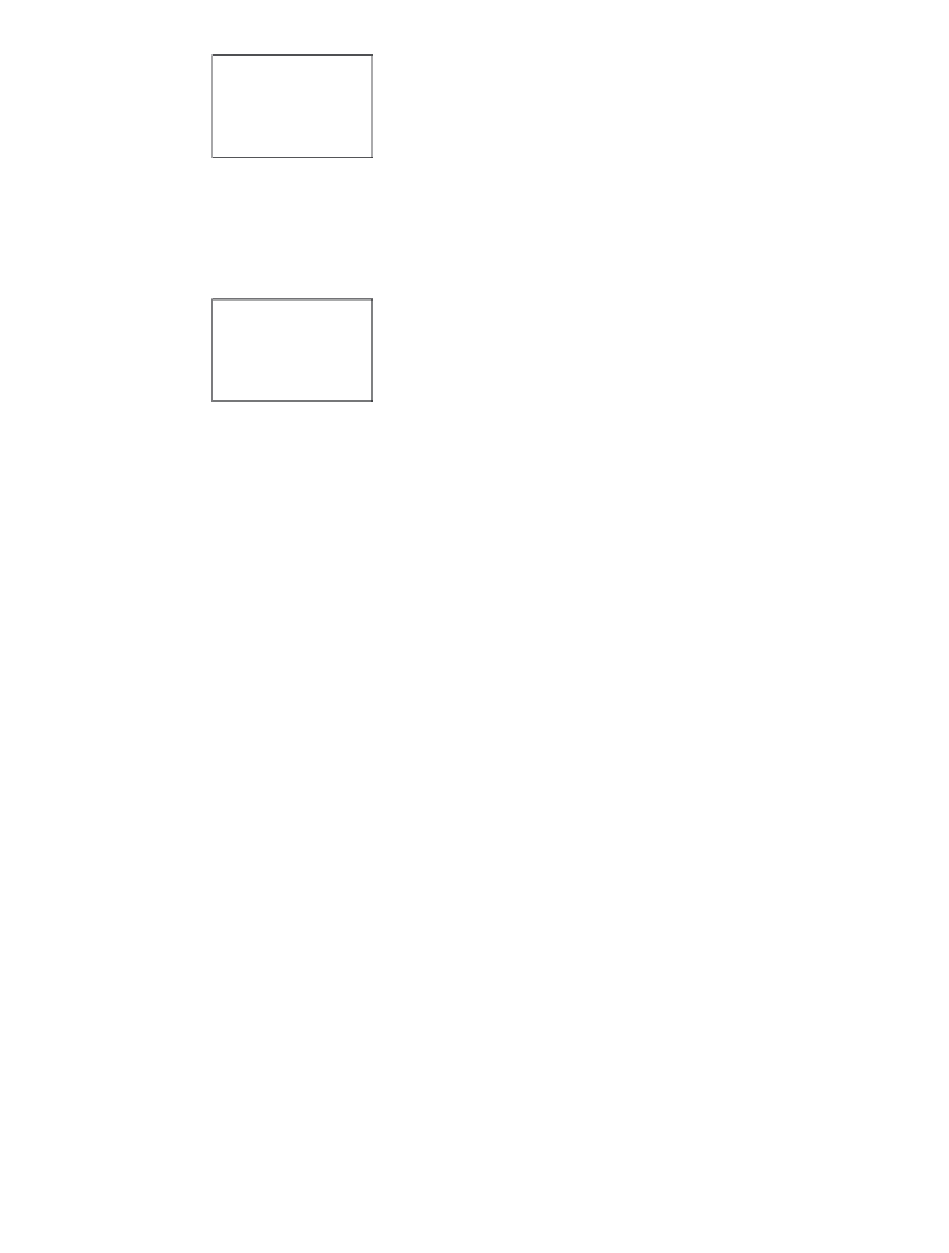Information Technology Reference
In-Depth Information
Figure 8.2
Cognitive Fit Extended to Include Performance Requirements
Problem
Representation
Performance
Requirements
Mental
Representation
for Task
Solution
Problem-Solving
Performance
Problem-Solving
Task
We can investigate in a little more depth strategy shift that is induced by complexity in solving
symbolic tasks. A complex symbolic task at “moderate” levels of complexity should be solved more
accurately and more quickly using tables rather than graphs. As task complexity increases, however,
we expect that a level of complexity will be reached in which tables result in more accurate problem
solving, while graphs result in quicker problem solving. Increasing complexity still further will
result in graphs outperforming tables on both accuracy and time as decision makers find it increas-
ingly difficult to use analytical processes. Hence there is a crossover point at which more complex
symbolic tasks are better supported by graphs than by tables.
While complexity in and of itself may induce strategy shift, thereby favoring perceptual pro-
cessing, environmental stresses such as constraints on time or accuracy are likely to exacerbate the
situation, resulting in strategy shift at lower levels of task complexity. At that time, behavioral deci-
sion-making research had considered only time pressure in examining performance constraints.
Nonetheless, because a desire for accuracy is known to result in strategy shift (albeit via context
rather than task effects), it seems likely that a performance requirement of accuracy might also lead
to a change in strategy. As we have seen, a requirement for speed encourages the use of perceptual
processes, while a requirement for accuracy encourages the use of analytical processes. The model
of cognitive fit can therefore be extended to include the effect of performance requirements on
the formulation of the mental representation and therefore on decision-making performance (see
Figure 8.2). We state the following propositions:
Proposition 4(a)
:
A performance requirement of speed encourages the use of perceptual
evaluation processes.
Proposition 4(b)
:
A performance requirement of accuracy encourages the use of analyti-
cal evaluation processes.
A range of strategies will be possible depending on the sequence of sub-tasks chosen and the
use of perceptual or analytical processes. It is likely, therefore, that no one strategy will be better
on both error and effort than all others on more complex tasks. In this case, the decision maker
will choose among the strategies based on the preferred trade-off between speed and accuracy of
performance, a situation unlikely to result in advantages using either graphs or tables.








Search WWH ::

Custom Search